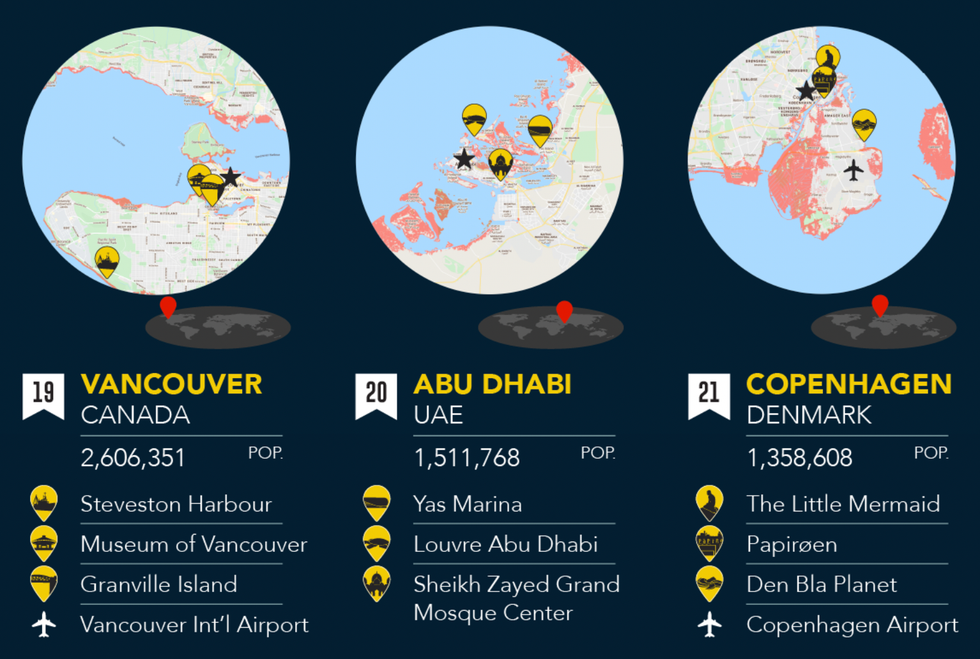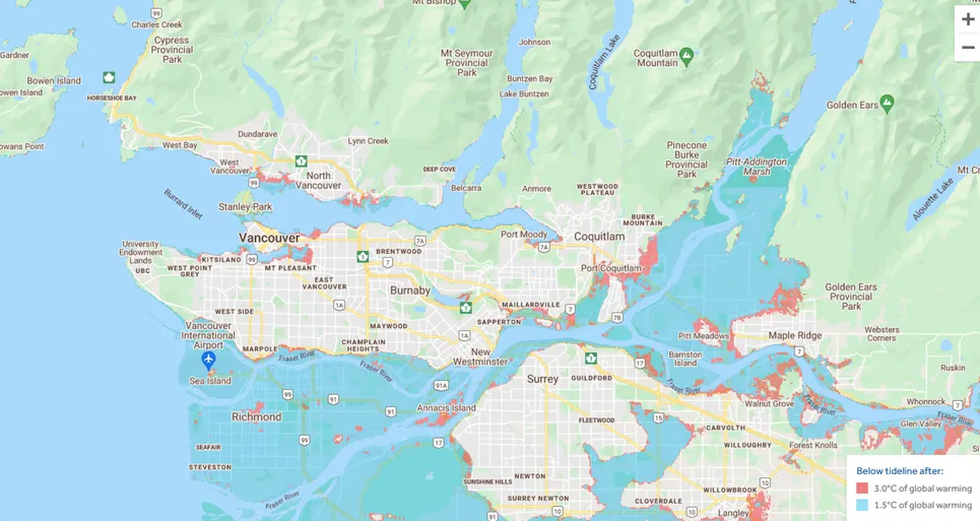A Woolly Mammoth 'Meatball' Was Made With Prehistoric DNA & It Could Replace 'Real' Meat
This article is part of Narcity Media's Technality series. Subscribe to Technality on YouTube for all things related to the future, tech and humanity.
Get ready to sink your teeth into a caveman delicacy with a twist — a giant meatball made from the DNA of an extinct woolly mammoth.
Australian cultured meat company Vow, has created this edible science project as a sustainable alternative to real meat.
What are mammoth meatballs made of?
Vow says actual animals were not harmed in the making of this meatball.
The mammoth gene called myoglobin was inserted into sheep cells to create this dish. To complete the missing parts of the mammoth's DNA sequence the DNA of African elephants was added, "salt bae style."
What does mammoth meat taste like?
Apparently, it smells like crocodile meat.
But you won't get to smell it anytime soon. The meatball is still in the testing phase and won’t be available for human consumption.
Though since it was launched in March of 2023, Insider has reported that a Belgian startup has experimented by adding mammoth protein to their plant-based burgers.
The company described the taste as "more meaty" than what you'd expect from a typical meat substitute burger.
Are we bringing back the woolly mammoth?

Woolly mammoth.
We might be seeing more of the mammoth in the future, as a biotech company in Dallas has plans to try and basically resurrect it by 2027.
Colossal Biosciences plans to use the CRISPR gene-editing technique to create a hybrid Asian elephant-woolly mammoth embryo, which will then use the larger African elephant genes as a surrogate.
If successful, their plan is to reintroduce the mammoths to the Arctic and restore the grassland ecosystem, which could boost the carbon-sequestering power of the permafrost and ultimately help reverse global warming.
They're also planning to bring back other extinct species like the dodo and the thylacine.
Do you think bringing back extinct species is a viable solution to climate change? Or are humans just playing God?
Give us your thoughts in the comments!

 A graphic showing which areas of Vancouver would be underwater if sea levels rise 1.5 metres.
A graphic showing which areas of Vancouver would be underwater if sea levels rise 1.5 metres. A graphic showing which areas of Vancouver would be underwater if sea levels rise 1.5 metres.
A graphic showing which areas of Vancouver would be underwater if sea levels rise 1.5 metres.
